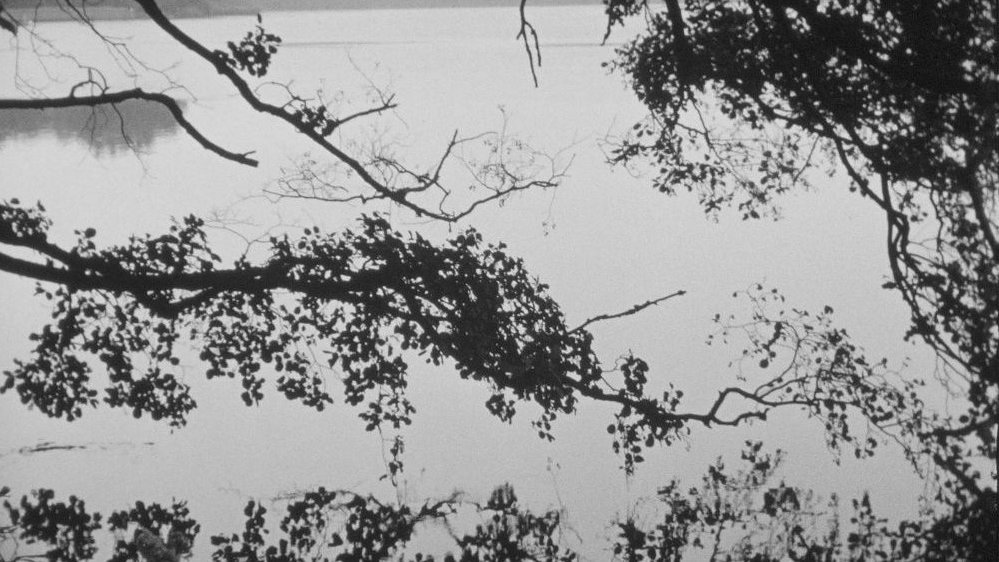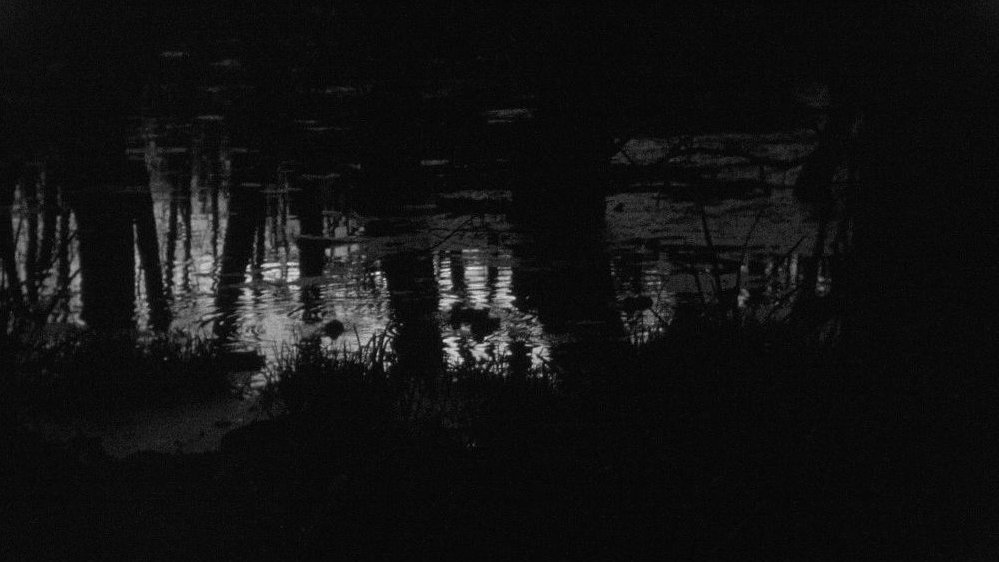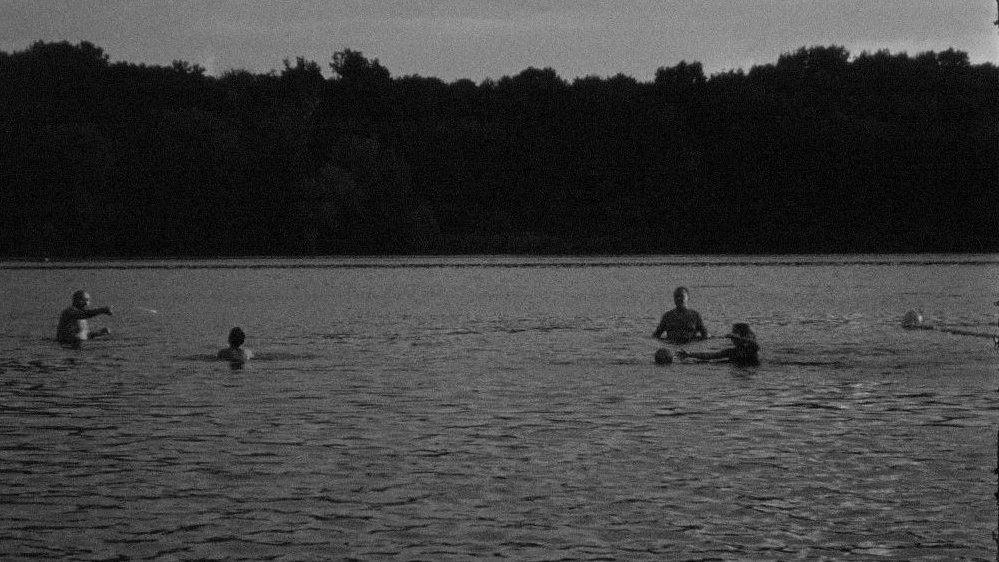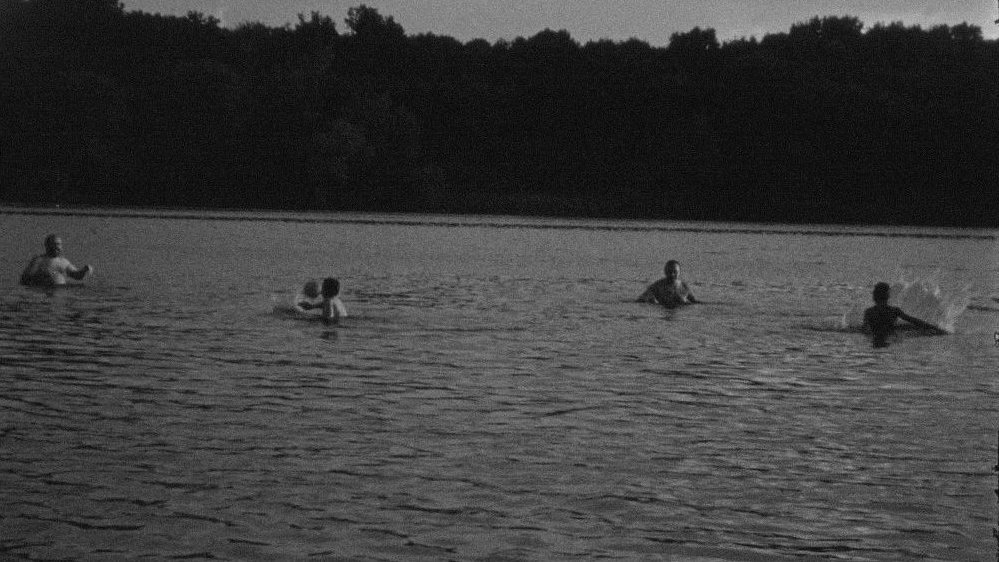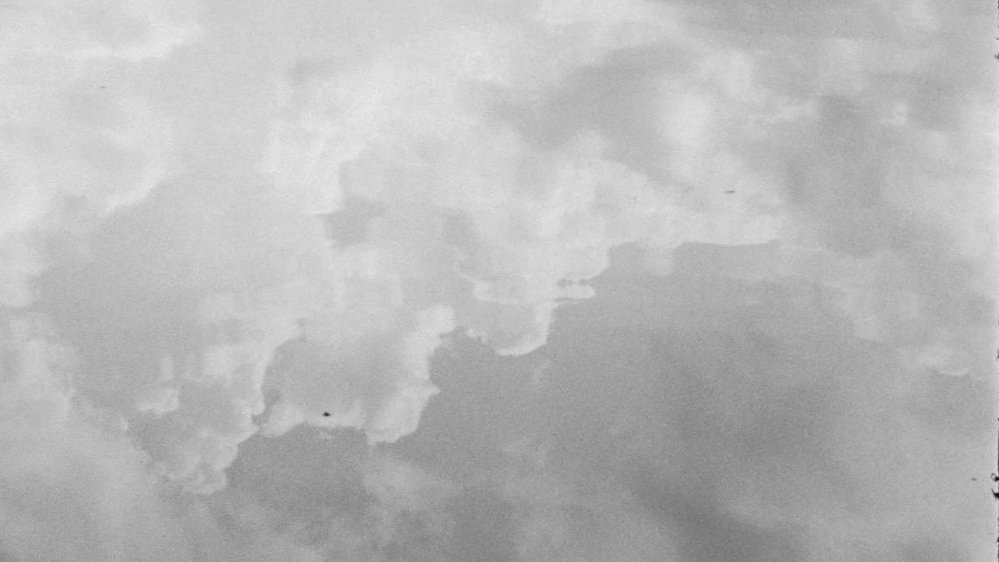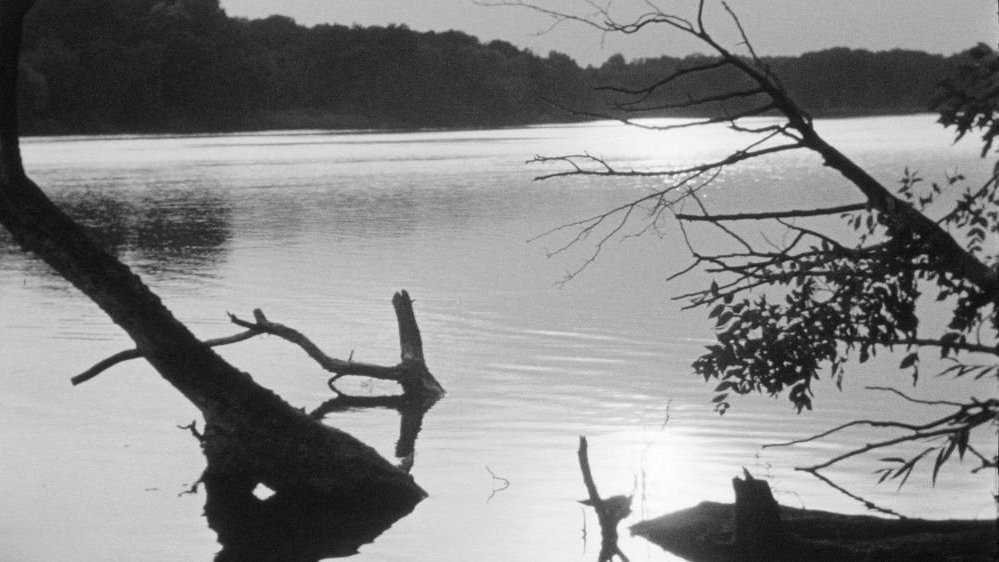The silence of history
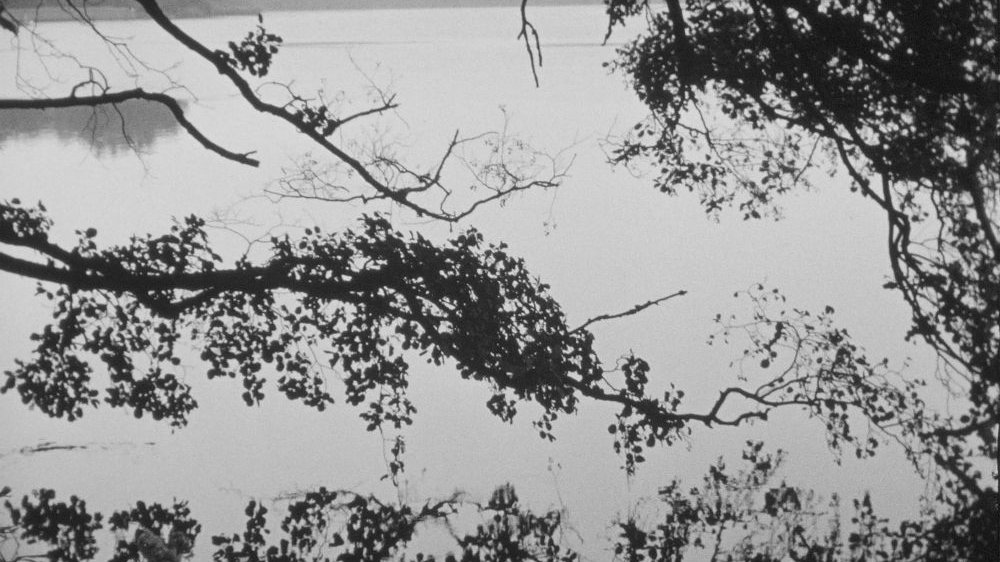
Adriana Molenda and Anton Varga's installation Here and Then at Dusk has been crafted in response to an open call in the project "The gallery is common space!" issued by the Arsenał Gallery in 2021. The exhibition is curated by Bogna Błażewicz and Zofia Nierodzińska.
This minimalist display is confined to two spaces: one showcasing a model of a camera made in the 1930s and used in the 1940s, the other serving as a small screening room separated by a black curtain. The centrepiece of the project is a black-and-white 20-minute film that captures a typical summer day on the Rusałka waterfront in 2022, teeming with contemporary holidaymakers.
The film invites the viewer to observe specific people, their involuntary, exaggerated gestures, their carefree enjoyment and to regard nature. The camera moves in for a closer look of everyday life captured on film. The monochrome rendering and the eerie silence of the film create a distance and a sense of suspense making one uncertain what, if anything, may happen next. The camera highlights the stark contrast between the present-day holiday idyll and the very different picture we would be confronted with decades ago.
Molenda and Varga say this about the project: "Hegel wrote that Minerva's owl flies out at dusk, meaning that a true understanding of an event can only come after it has passed. Referring to Hegel, Slavoj Žižek posits that one cannot alter the future by simply relying on the present alone as our point of departure, and that the present can only be modified by transforming the past. This sounds almost like a challenge worthy of an alchemist. And this precisely is the ambitious goal that we have set out to accomplish here."
The artists reflect on playing with time, arriving at conclusions, and exploring mass memory. In their explorations, they make direct references to the tragic history of Rusałka. The lake was constructed between 1941 and 1942. Known as Elsensee during the German occupation, it only received its contemporary name of Rusałka after the war ended. Its eastern, southern, and northern shores feature memorial sites that commemorate the mass prisoner executions that took place in January 1940.
The lake itself was built primarily by Jewish prisoners, who were subjected to starvation, torture, and forced slave labour beyond human endurance. Parts of the bottom and the shores were reinforced with matzevot removed from a Jewish cemetery. Up until only a few years ago, their fragments could still be seen in the lake during low water. Today, the tombstones can be found in the ul. Głogowska lapidarium.
In 2022, the students of the Faculty of Sociology of Adam Mickiewicz University published a report "The Surroundings of Lake Rusałka in Poznań in the Experience of its Residents and Users", which examined the social function of the area, including the martyrdom history of the lake. As noted in the report, the responses from study participants fall into the two categories of general history and specific historical events. The most common responses concerned the execution of Poles in the nearby forests, the Jewish labourers who were forced to build the lake, and the Jewish tombstones on the lake's bottom. Much like the media coverage of the Rusałka, people do not primarily associate the lake's surroundings with its history. In the common perception, the lake is predominantly a recreational and leisure area.
Molenda and Varga use a 1930s camera to portray the present ("here") while making references to the past ("then"). The exhibition's title alludes to a specific time that may be open to interpretation. The artists encourage a debate and raise a number of questions such as, "Who are we as heirs to this place? Who do we become once we are captured on video and placed in a visual context reminiscent of characters from a distant past? What meaning will those who replace us physically 80 years from now ascribe to the events in which we are involved?"
The artists also raise the important issue of mass crimes (in what may be defined as awareness-raising and a warning, as mentioned by Jacek Małczyński, who is cited by Bogna Błażewicz in her curatorial description), and their failure to trigger specific actions aimed at preventing their future recurrence. They ask how we can apply lessons from history to current events, whether it is possible to change the present (and thus the future) by altering the past, and whether we are capable of prevention.
Klaudia Strzyżewska
translation: Krzysztof Kotkowski
Tutaj i wtedy o zmierzchu (Here and Then at Dusk)
Arsenał Municipal Gallery
Vernissage 13 November, open until 5 March
© Wydawnictwo Miejskie Posnania 2023
See more

What a Theme!

God Save the Film

Black-and-White Poznań

